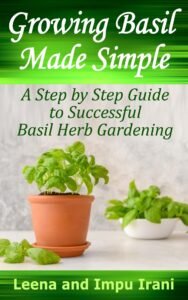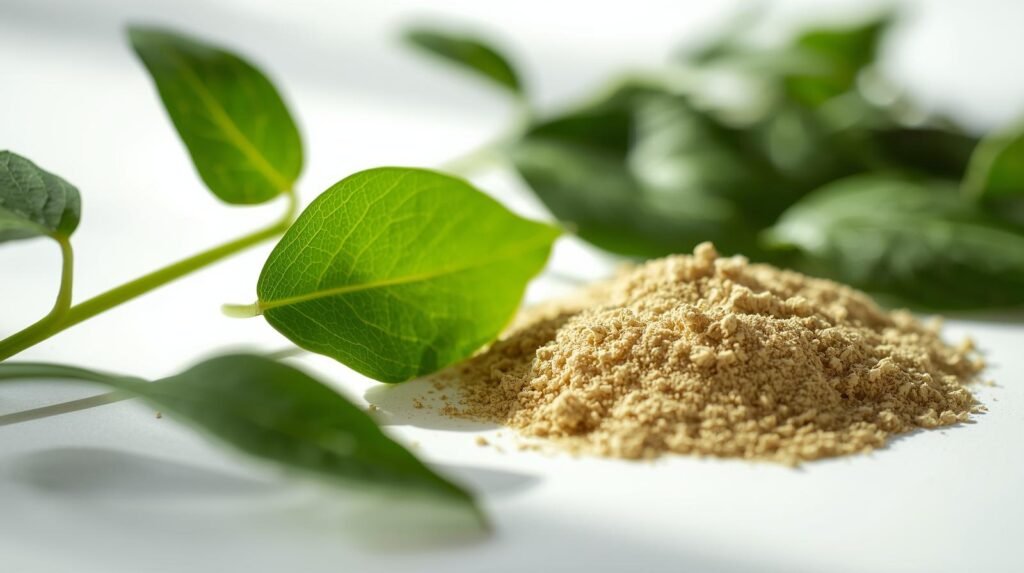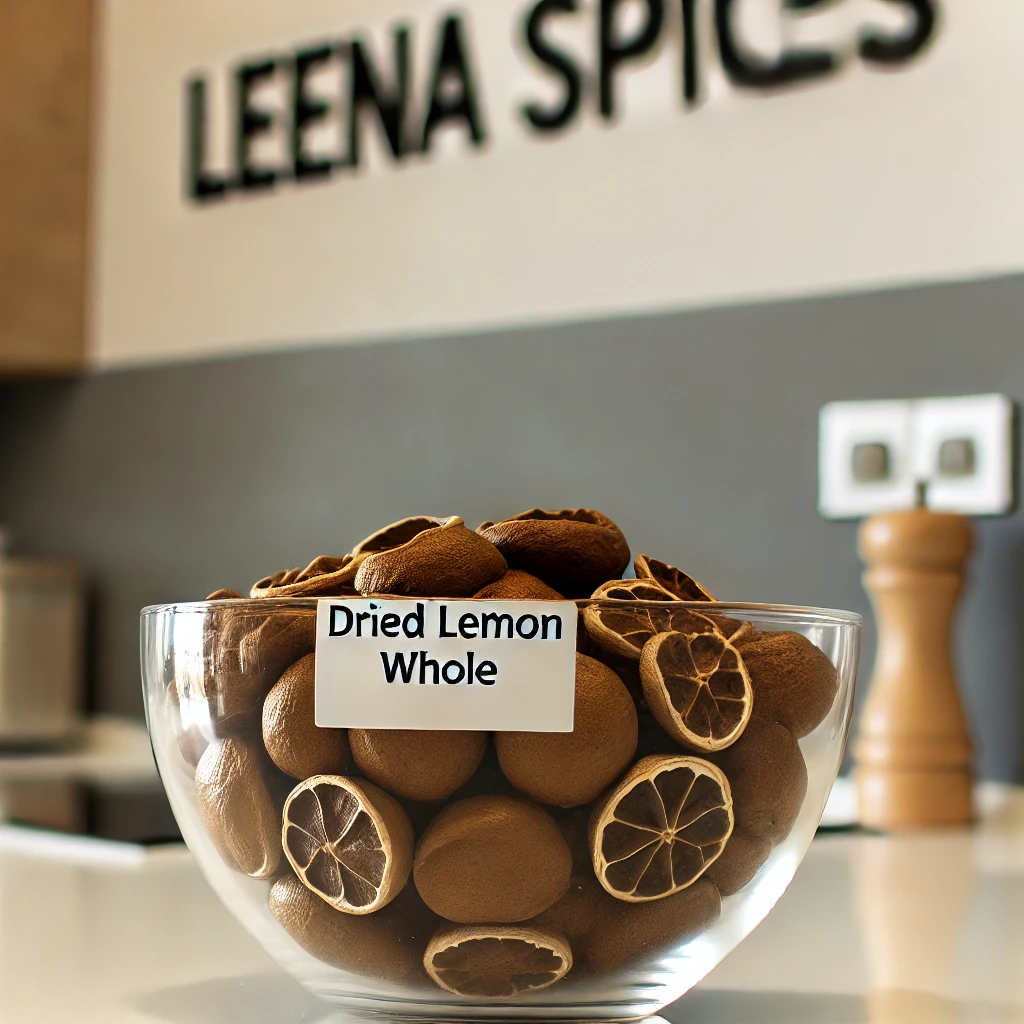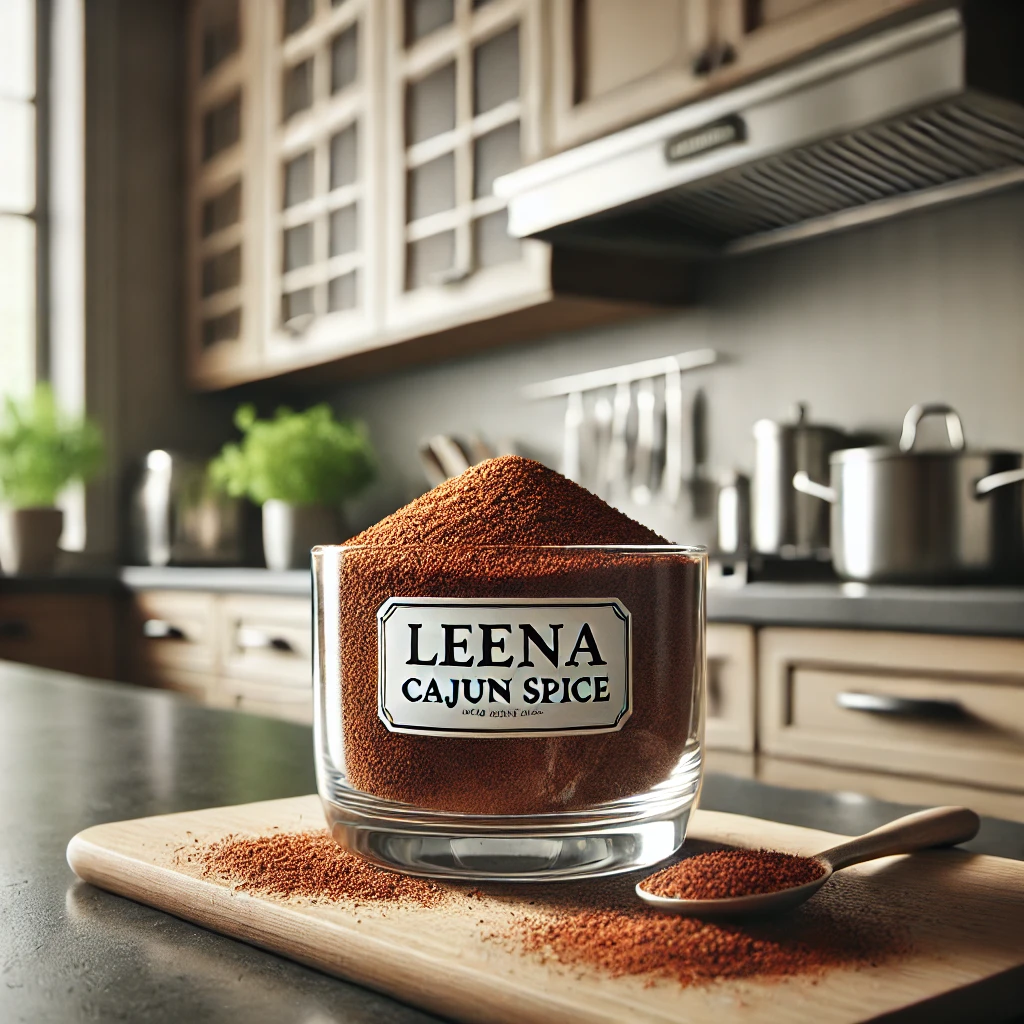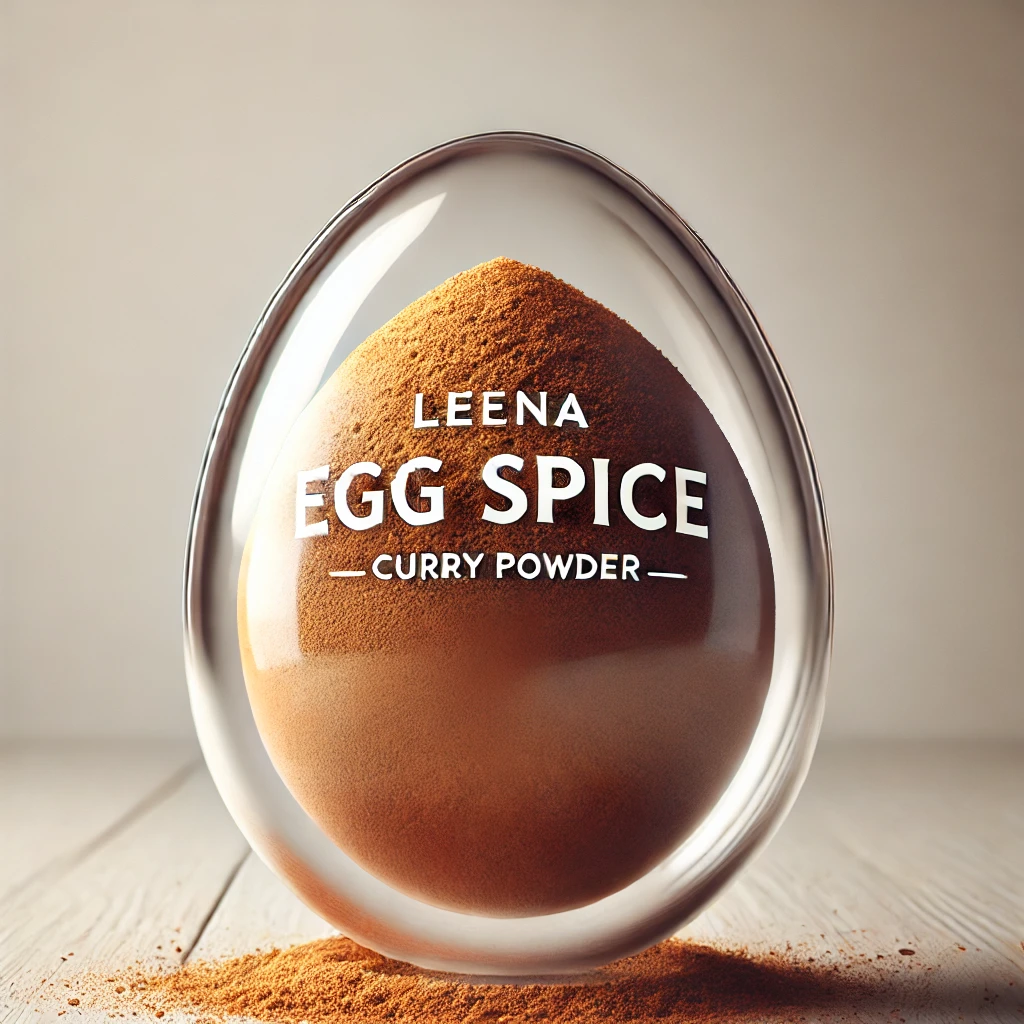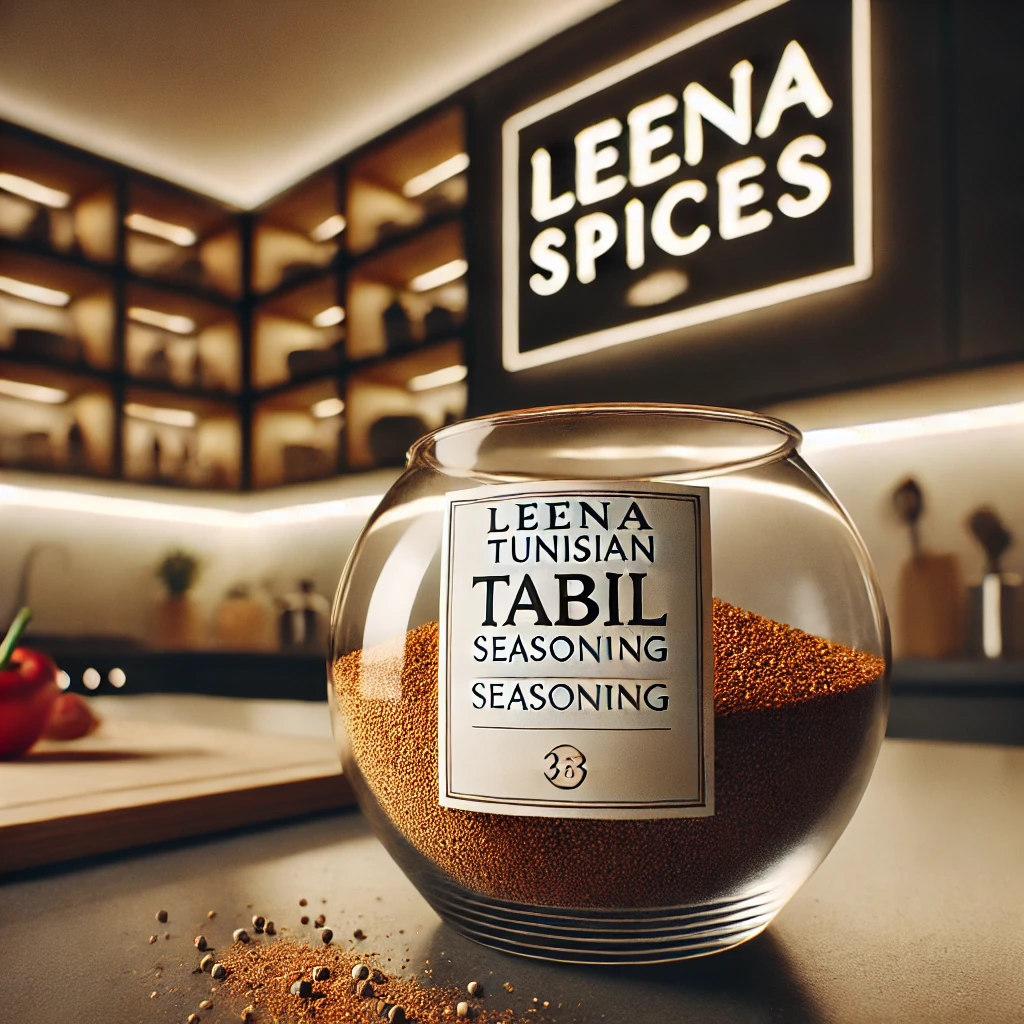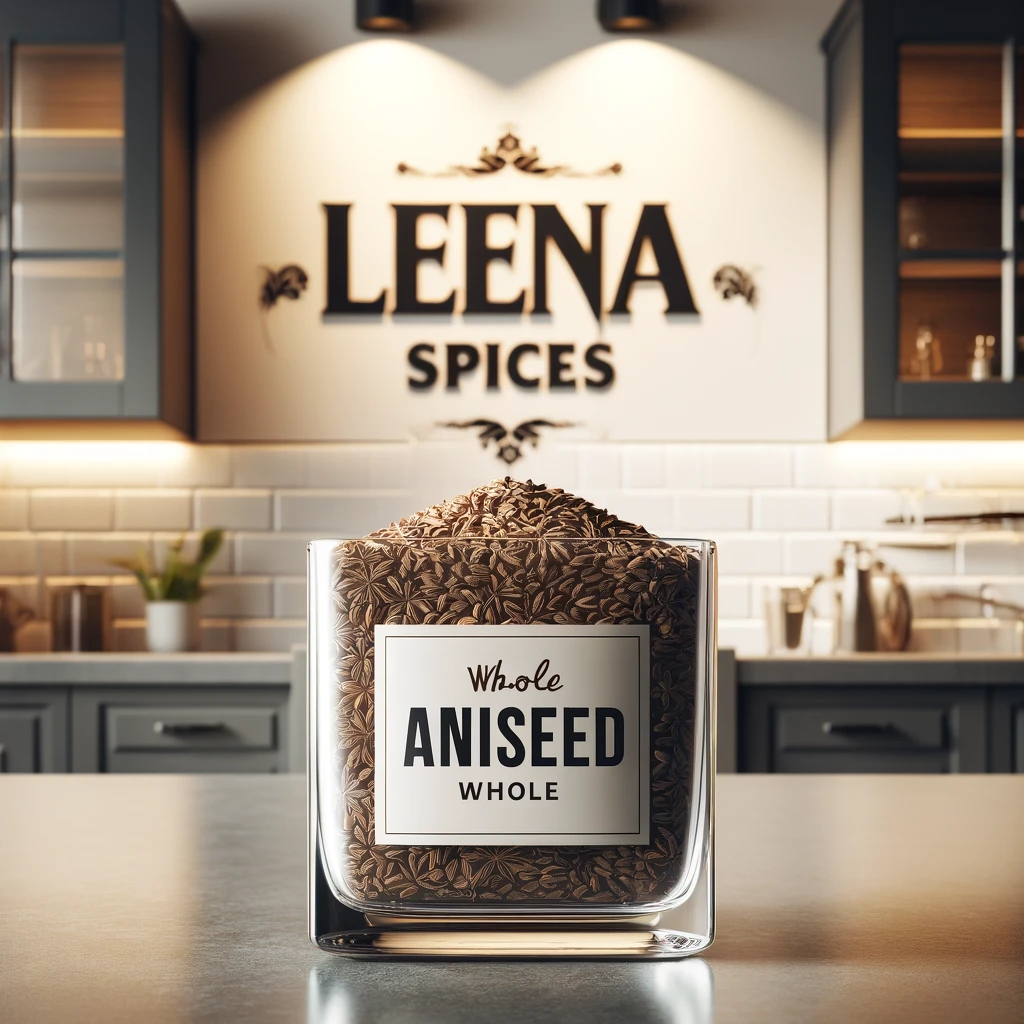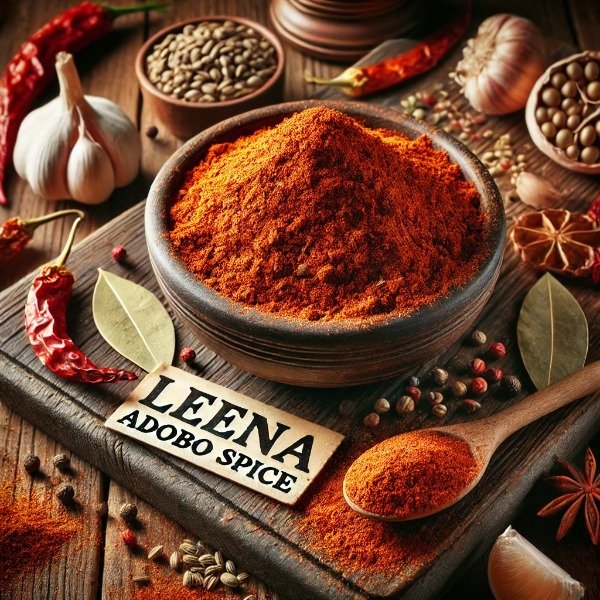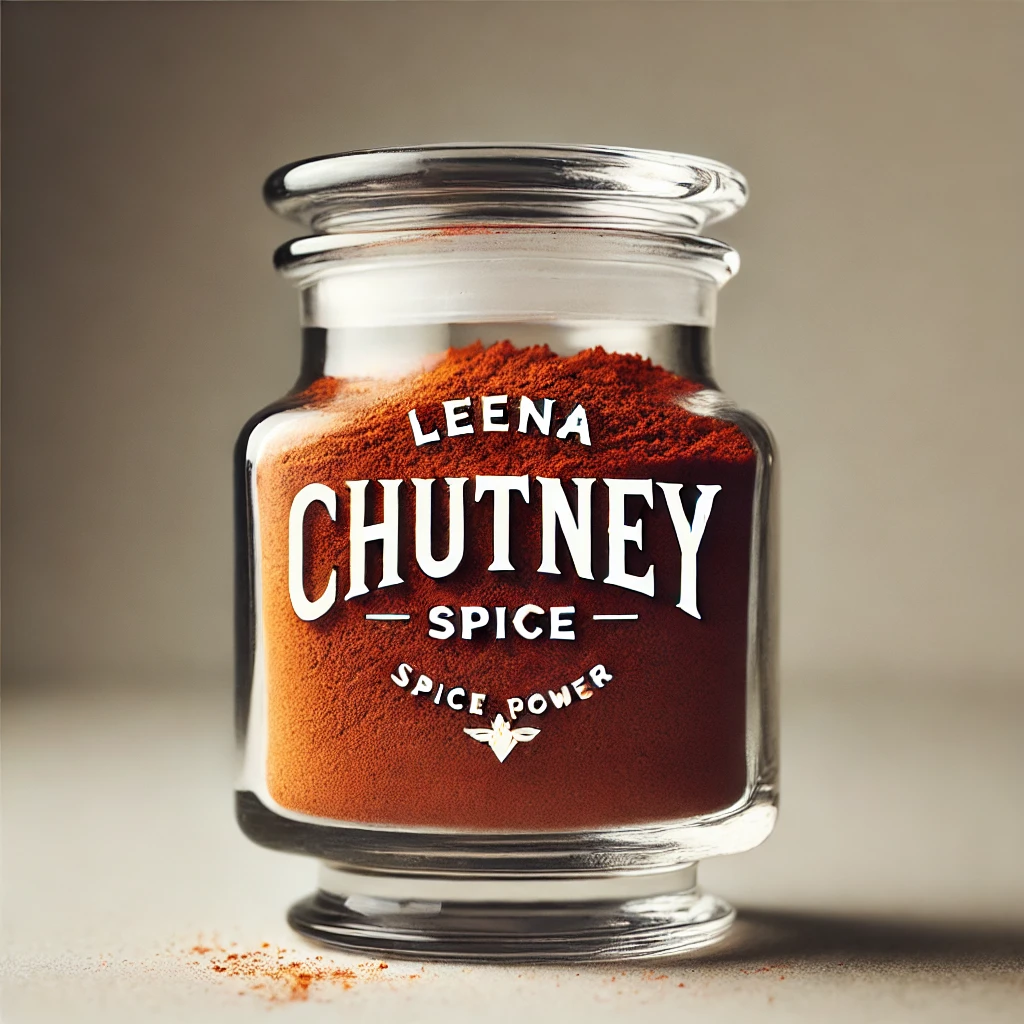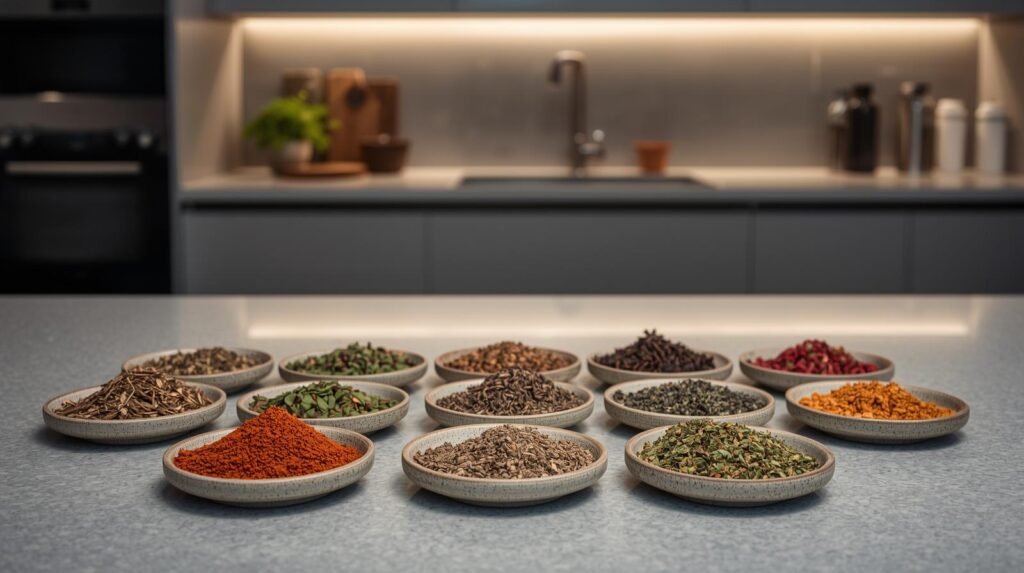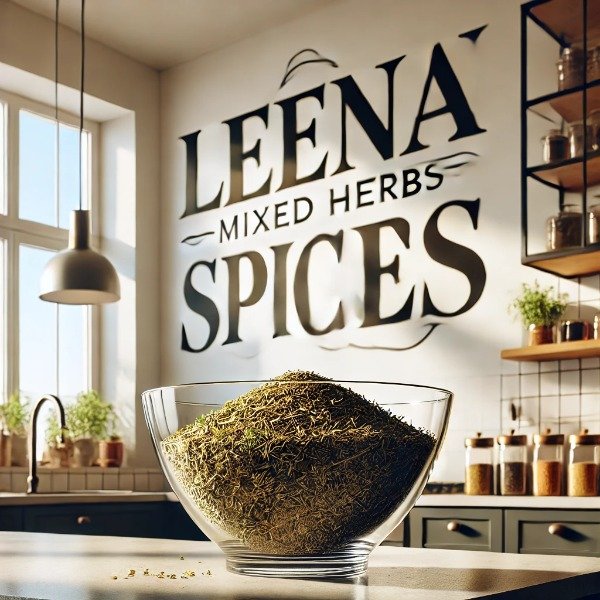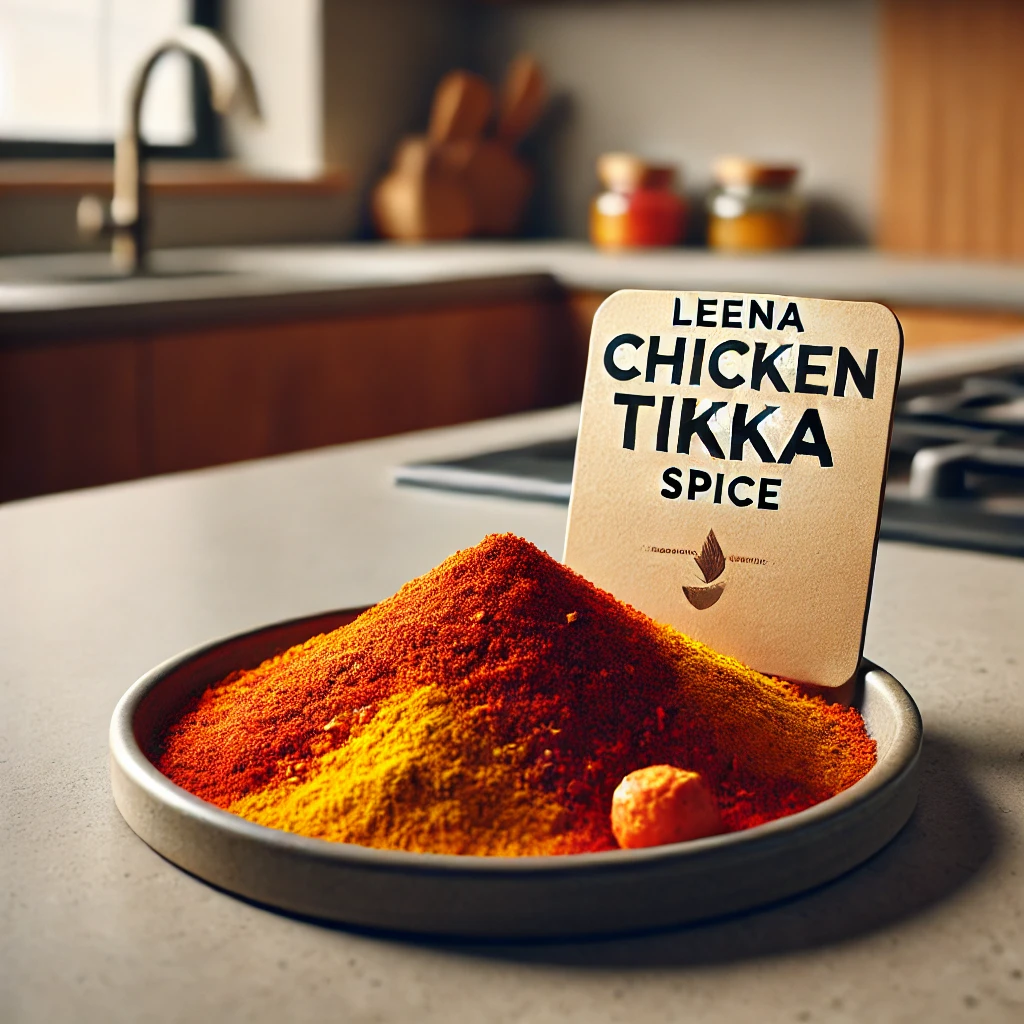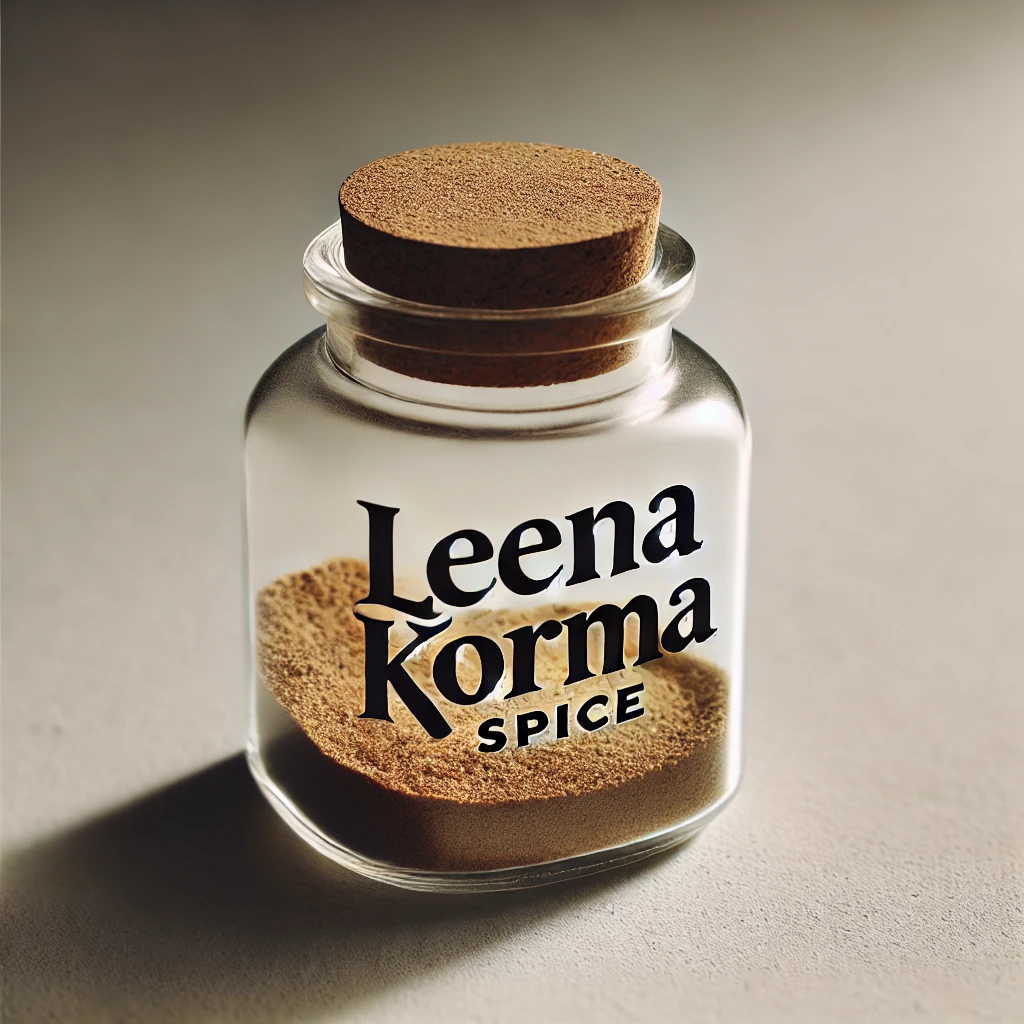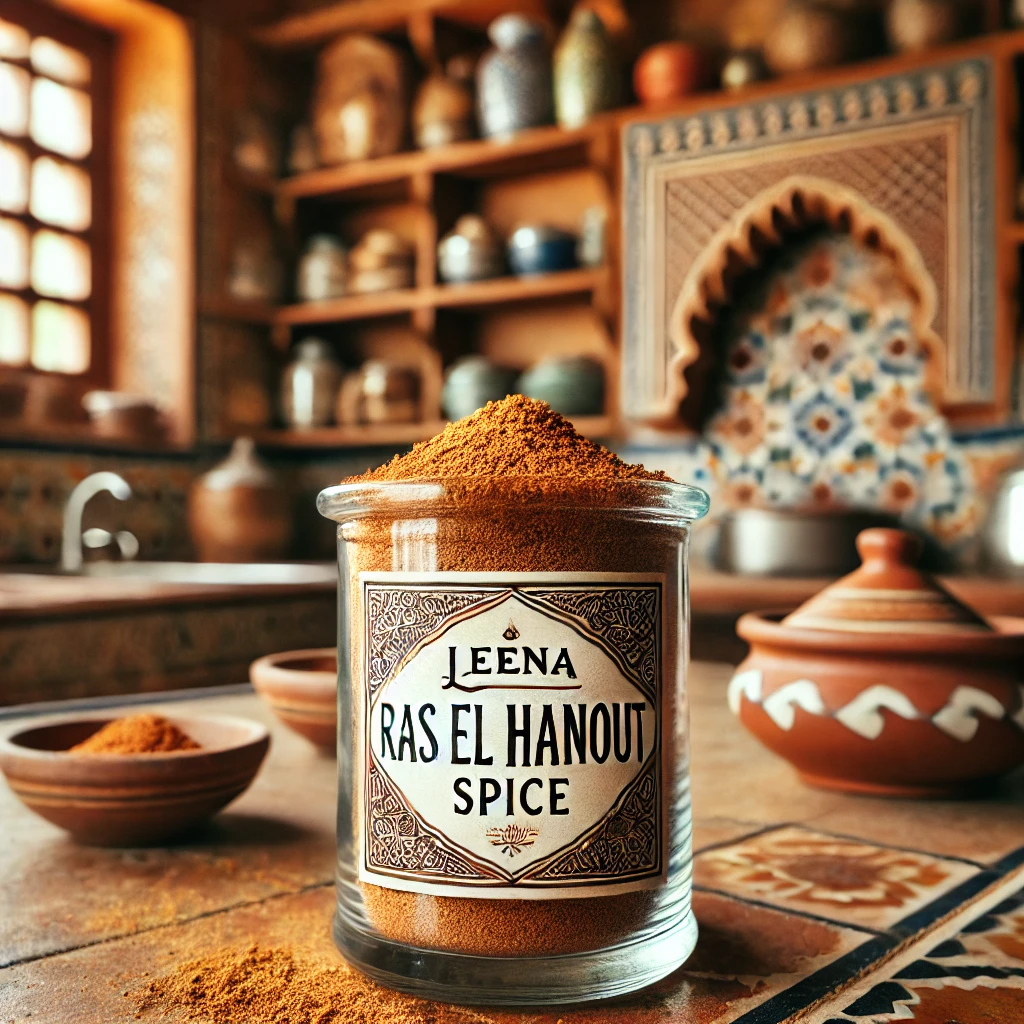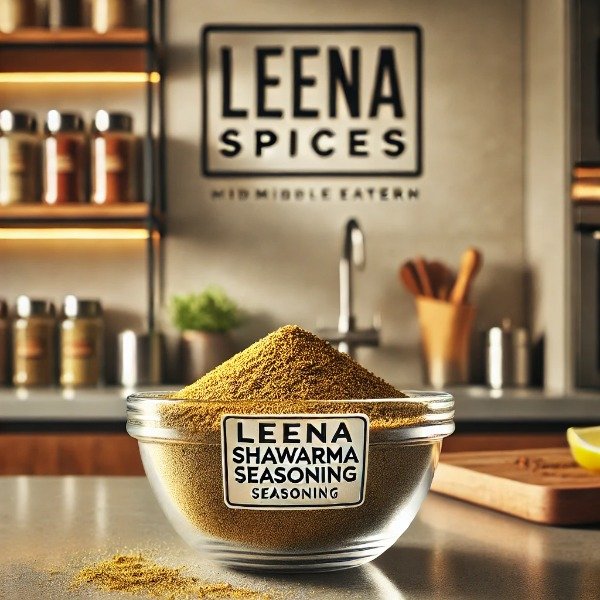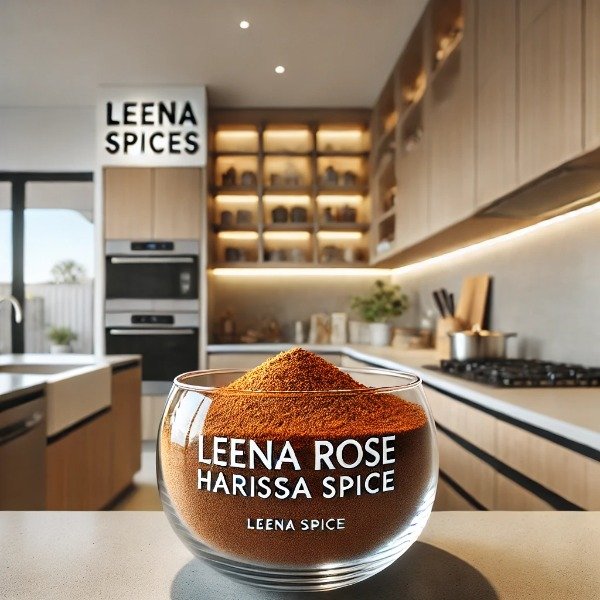Discover the 7 Amazing Powers of Whole Dried Galangal Slices
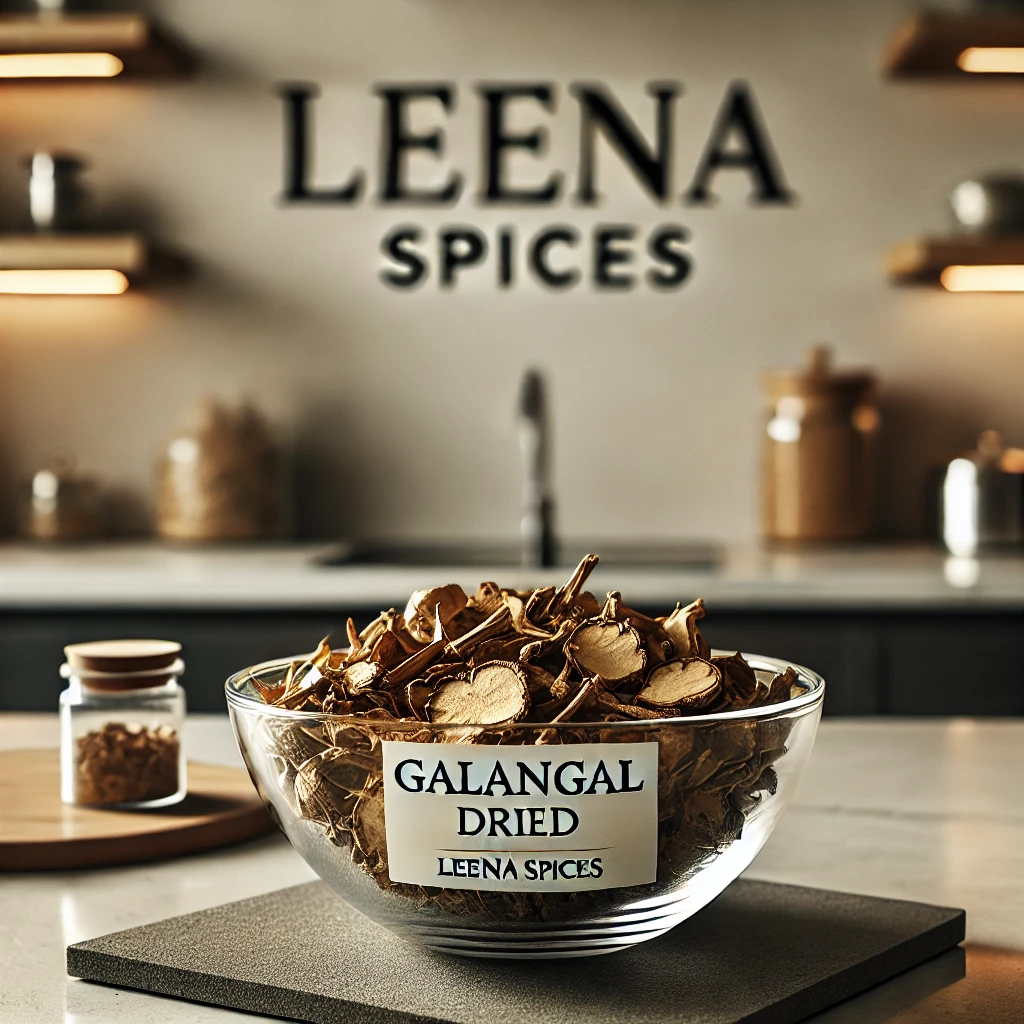
Table of Contents
- Introduction
- What are whole dried galangal slices
- What does dried galangal taste like
- Difference between fresh and dried galangal
- Difference between Ginger and Galangal
- How to rehydrate dried galangal
- Pro tips for using dried galangal
- How to store
- FAQs
- Conclusion
Introduction
Galangal is one of Southeast Asia’s most distinctive and underappreciated spices, often mistaken for ginger but with a flavor all its own. While fresh galangal is prized for its sharp, citrusy, and pine-like taste, dried galangal slices offer a concentrated, earthy, and peppery profile that transforms soups, curries, and broths into deeply aromatic, flavorful dishes.
Despite its importance in Thai, Indonesian, and Malaysian cuisines, many home cooks overlook dried galangal simply because they are unsure how to use it. Its woody texture and potent aroma can seem intimidating at first, but with the right techniques, it becomes a versatile ally in the kitchen.
Whether you are a professional chef aiming to refine your flavors or a home cook eager to try something new, understanding how to work with dried galangal opens the door to a world of culinary creativity. With the right techniques, you can unlock layers of taste that turn everyday meals into unforgettable dishes.
What are Whole Dried Galangal Slices?
Whole dried galangal slices are made from the root of the galangal plant, a rhizome in the same family as ginger and turmeric.
While they may look similar to ginger at first glance, galangal has a sharper, more peppery flavor with subtle citrus and pine-like notes. When dried, galangal becomes firm, woody, and far too tough to chew. Instead, the slices are simmered in soups, stews, curries, and broths to release their distinctive aroma and taste, much like you would use a bay leaf. The pieces are usually removed before serving.
There are two main varieties:
- Greater galangal (Alpinia galanga): Larger in size with a milder, citrusy flavor.
- Lesser galangal (Alpinia officinarum): Smaller and more pungent, with a spicier, pepper-like taste.
Both types are staples in Southeast Asian cooking, especially in Thai, Indonesian, and Malaysian cuisines, where they add complexity to dishes like Tom Yum soup, rendang curry, and spice pastes.
What Does Dried Galangal Taste Like?
The result is a spice with a taste often described as woody, peppery, and grounding, with gentle hints of citrus, pine, and sometimes a faintly bitter edge. This makes dried galangal perfect for recipes that call for slow infusions of flavor, such as soups, stews, and curries. Its sturdy, fibrous slices gradually release depth without overwhelming the other ingredients.
The aroma is just as distinctive as many compare it to a mix of pine needles and black pepper, with an earthy freshness reminiscent of a forest floor after rain. This unique fragrance cannot be fully mimicked by other spices, which is why galangal holds a prized place in Southeast Asian kitchens.
It is important to recognize that dried galangal isn’t simply a weaker version of fresh. Instead, it offers a different, concentrated profile that excels in its own right. Because the slices remain woody even after simmering, they are not meant to be eaten directly. Instead, think of them as flavor infusers, much like bay leaves—used to build layers of authenticity in broths, curries, and long-cooked dishes, then removed before serving.
Unlike ginger, which leans sweet and pungent, or turmeric, which is warm and slightly bitter, dried galangal delivers a sharper, more invigorating flavor. This makes it an ideal spice for balancing rich, creamy curries, brightening soups, or adding depth to marinades.It’s not typically eaten on its own. Think of it as a flavor infuser that lends dishes an aromatic backbone you can’t quite replace with any other spice.What is the difference between fresh and dried galangal?
Fresh and dried galangal may come from the same root, but their appearance, texture, and flavor set them apart, making each suited to different culinary uses.
- Appearance and Texture: Fresh galangal is a firm, knobby rhizome with pale skin and a reddish or ivory interior. Dried galangal, in contrast, is usually sold as thin slices or chips. These slices are hard, woody, and range from beige to light brown in color, making them ideal for infusing dishes rather than eating directly.
- Flavor: Fresh galangal offers a sharp, citrusy, and pine-like flavor that is slightly peppery, giving dishes a bright, vibrant taste. Dried galangal, on the other hand, has a more concentrated, earthy, and woody profile, with subtle bitterness. The drying process softens the citrus notes while enhancing its peppery and aromatic qualities, making it perfect for slow-cooked soups, curries, and broths.
Understanding these differences helps cooks choose the right form for each recipe—fresh for vibrant, quick-cooked dishes, and dried for long-simmered infusions that deepen flavor.
Fresh vs. Dried Galangal: Quick Reference Guide
Feature | Fresh Galangal | Dried Galangal |
Texture | Firm, juicy, fibrous | Hard, woody, fibrous |
Flavor | Sharp, citrusy, piney, slightly peppery | Earthy, woody, peppery, slightly bitter |
Best For | Quick-cooked dishes, stir-fries, salads, spice pastes where texture and brightness matter | Slow-simmered soups, curries, broths, and long-infused sauces where depth and aroma are key |
Usage Tip | Peel and slice or grate; can be eaten directly in dishes | Soak or bruise slices first; remove before serving |
Shelf Life | Short, a few weeks in the fridge | Long, up to a year or more if stored properly in a cool, dry, airtight container |
When substituting one for the other:
- Using dried in place of fresh: Use slightly more dried slices to achieve similar flavor intensity, and soak or bruise them before cooking.
- Using fresh in place of dried: Chop or slice fresh galangal and simmer slightly longer to release its aroma and flavor, keeping in mind that the fresh version is less concentrated.
Understanding these differences allows cooks to choose the right form for the dish and ensures authentic flavor, whether you’re preparing a quick stir-fry or a long-simmered curry.
What Is the Difference Between Ginger and Galangal?
Although ginger and galangal belong to the same botanical family, they are far from identical. Their differences in flavor, texture, appearance, and use make each one uniquely suited to certain dishes.
- Flavor: Ginger is warm, sweet, and slightly peppery, with a comforting heat that works well in both savory and sweet recipes. Galangal, on the other hand, has a sharper, spicier bite with citrus and pine-like undertones, sometimes even carrying a hint of bitterness.
- Texture: Ginger’s flesh is soft, juicy, and fibrous, making it easy to grate or slice into dishes. Galangal is much harder and woodier, which is why it’s usually sliced into thin pieces or simmered whole for flavor infusion rather than eaten directly.
- Appearance: Ginger is recognized by its brown skin and golden-yellow flesh. Galangal has lighter skin that may appear pinkish or ivory, with a pale yellow or chalky interior.
- Aroma: Ginger’s fragrance is invigorating, spicy, and slightly sweet—often described as warming and comforting. Galangal gives off a sharper, peppery aroma with citrus and pine notes, offering a fresher, more resinous scent.
- Usage: Ginger is versatile, showing up in sweet treats like gingerbread, drinks such as teas and tonics, as well as stir-fries and savory dishes. Galangal is less commonly used in sweets; instead, it is a cornerstone of Thai, Indonesian, and Malaysian cooking, essential for curries, soups like Tom Yum, and spice pastes.
- Availability: Ginger is widely available in supermarkets around the world, while galangal is more of a specialty item, often found in Asian grocery stores or ordered online.
In short, while ginger feels familiar and comforting, galangal offers a bold, exotic edge. Knowing when to use each one can help you bring out the best in your cooking.
Feature | Ginger | Galangal |
Taste Profile | Warm, mildly sweet, with a gentle spiciness and subtle peppery notes | Sharp, peppery, and slightly bitter, with citrusy and pine-like undertones |
Texture | Soft, fibrous, and juicy, easy to grate or slice | Firm, dense, and woody; usually simmered or soaked rather than eaten raw |
Appearance | Brown outer skin with golden-yellow interior | Pale skin (ivory or light pink) with chalky, yellowish flesh |
Aroma | Fragrant, spicy, and comforting, often described as warm and inviting | Intense, fresh, and slightly resinous with hints of pine and citrus |
Culinary Uses | Common in both sweet and savory dishes, teas, stir-fries, and baked goods | Essential in Southeast Asian cooking—curries, soups, spice pastes, and Thai dishes |
Availability | Widely available in supermarkets around the world | Typically found in Asian grocery stores or specialty markets; less common globally |
Can Dried Galangal Replace Fresh Galangal?
Yes, dried galangal can be used in place of fresh, but with a few important differences. Dried galangal has a milder and more subdued flavor, while fresh galangal delivers a sharper, brighter, and slightly citrusy punch. Because of this, you may need to use a little more dried galangal to achieve a similar depth of flavor.
Fresh galangal is the better choice for recipes where its crisp texture and vibrant taste are essential, such as in stir-fries, salads, or finely sliced in curry pastes. On the other hand, dried galangal shines in slow-simmered dishes like soups, broths, and curries, where it has time to gradually release its aromatic qualities into the liquid.
In short:
- Use fresh galangal when you want brightness and texture.
- Use dried galangal when you’re building flavor through long cooking or infusions.
How do I rehydrate whole dried galangal slices before using them in recipes?
- Soaking: Begin by soaking the slices in hot water for 10–20 minutes. This softens the fibers and releases the aromatic compounds, making it easier for the flavor to infuse into your dish.
- Bruising or Crushing: Lightly bruise, crack, or chop the slices before adding them to soups, curries, or broths. This helps release essential oils more quickly, intensifying the flavor during cooking.
- Simmering: Add the prepared slices early in the cooking process. Dried galangal shines in slow-cooked dishes, allowing its earthy, peppery, citrusy, and pine-like notes to permeate the liquid gradually.
- Grinding (Optional): For spice pastes or dry rubs, you can grind dried galangal into powder. Use small amounts, as the flavor is concentrated, and combine with other complementary spices to balance the taste.
- Removal Before Serving: Even after soaking and cooking, the slices remain fibrous and tough. Remove them before serving, similar to bay leaves, to prevent an unpleasant texture in your dish.
Pro Tips for Using Dried Galangal
- Storing Leftover Soaked Slices: If you’ve soaked more slices than needed, drain them well and store in an airtight container in the refrigerator for up to 3–4 days. Avoid leaving them in water, as this can reduce flavor and promote spoilage.
- Grinding into Powder: Grind dried galangal only when needed, as the flavor dissipates quickly once ground. Use a spice grinder or mortar and pestle for small batches to maintain potency.
- Maximizing Flavor: Lightly bruise or crack slices before adding to your dish to release essential oils. For deeper infusion, simmer slices for at least 15–20 minutes in broths or curries.
- Substituting Fresh Galangal: If you don’t have dried galangal, use fresh, keeping in mind that it’s less concentrated. Increase the amount slightly and simmer longer to achieve similar depth.
- Avoid Eating Directly: Even after soaking or simmering, the slices remain tough. Treat them as an infusion agent, similar to bay leaves, and remove before serving.
How Should I Store Whole Dried Galangal Slices?
One of the advantages of dried galangal is its long shelf life, but proper storage is key to preserving its full aroma and potency. Unlike fresh galangal, which spoils quickly, the dried slices can last for months or even years if stored correctly.
The best way to keep them fresh is to place the slices in an airtight container and store them in a cool, dark, and dry location, such as a pantry or spice cabinet. This protects the spice from light, heat, and moisture, all of which can weaken its flavor over time.
When stored properly, whole dried galangal slices stay flavorful for up to a year, sometimes even two. Their taste is usually at its peak within the first 6–12 months, so it’s best to use them during that window for maximum impact.
It is also worth noting that whole slices hold their flavor far better than ground galangal powder, which loses its aroma much more quickly once exposed to air. If you prefer the convenience of ground galangal, try grinding small amounts as needed rather than storing it pre-ground for long periods.
FAQ: Everything You Need to Know About Dried Galangal
What is dried galangal?
Dried galangal is the dehydrated root of the galangal plant, a rhizome related to ginger and turmeric. It is typically sold as thin, woody slices and is used to infuse dishes with a distinctive earthy, peppery, and slightly citrusy flavor rather than eaten directly.
How does dried galangal taste?
Dried galangal has a bold, multi-layered flavor that is woody, earthy, and peppery, with subtle hints of citrus, pine, and a slightly bitter edge. Its aroma is fresh and resinous, often compared to pine needles or a forest after rain.
Can dried galangal replace fresh galangal?
Yes, but with adjustments. Dried galangal is milder and more concentrated in its earthy, peppery notes, while fresh galangal is brighter and more citrusy. You may need to use slightly more dried slices, and they work best in slow-simmered dishes rather than recipes where texture and crispness matter.
How do I prepare dried galangal for cooking?
Soak the slices in hot water for 10–20 minutes to soften them. Lightly bruise or crack the slices to release essential oils, then add them early in soups, curries, or broths. Remove before serving, as they remain tough and fibrous. For spice pastes or rubs, you can grind dried galangal into powder just before use.
What is the difference between dried and fresh galangal?
Fresh galangal is crisp and vibrant, with sharp citrus and pine notes, while dried galangal is woody, fibrous, and more earthy, peppery, and slightly bitter. Fresh works well in quick-cooked dishes, whereas dried is ideal for long-simmered infusions that add depth to broths and curries.
How do I store dried galangal?
Store whole dried slices in an airtight container in a cool, dark, and dry place, such as a pantry. Properly stored, they can last up to a year or more, retaining most of their flavor. Ground galangal loses potency faster, so it’s best to grind small amounts as needed.
Can I eat dried galangal directly?
No. Even after soaking or cooking, dried galangal remains tough and fibrous. It is meant as a flavoring agent, similar to bay leaves, and should be removed before serving.
Where can I buy dried galangal?
Dried galangal is usually available at Asian grocery stores, specialty spice shops, or online. Fresh galangal is more widely available but may not always be stocked outside of Asian markets.
What dishes benefit most from dried galangal?
Dried galangal is ideal for slow-cooked soups, stews, curries, and broths where it can infuse its earthy, peppery, and citrusy notes over time. It’s a staple in Thai, Indonesian, and Malaysian cuisines.
How long does dried galangal last?
Whole dried galangal slices can last up to a year or more when stored properly. Flavor is usually at its peak within the first 6–12 months. Ground galangal, however, loses aroma and potency much faster.
Conclusion: Mastering the Art of Dried Galangal
Dried galangal is much more than a simple spice. It is a secret ingredient that can elevate your cooking with its unique, earthy, peppery, and citrusy flavor. While it may look intimidating at first, understanding its characteristics, proper preparation, and best uses transforms it into a versatile and powerful addition to your culinary toolkit.
Whether you are simmering a fragrant Thai curry, infusing a rich broth, or experimenting with Southeast Asian recipes, dried galangal provides depth and complexity that is difficult to replicate with any other spice. By learning how to soak, bruise, and incorporate it, as well as how to store it for maximum freshness, you can harness its full potential and consistently create dishes bursting with authentic aroma and flavor.

